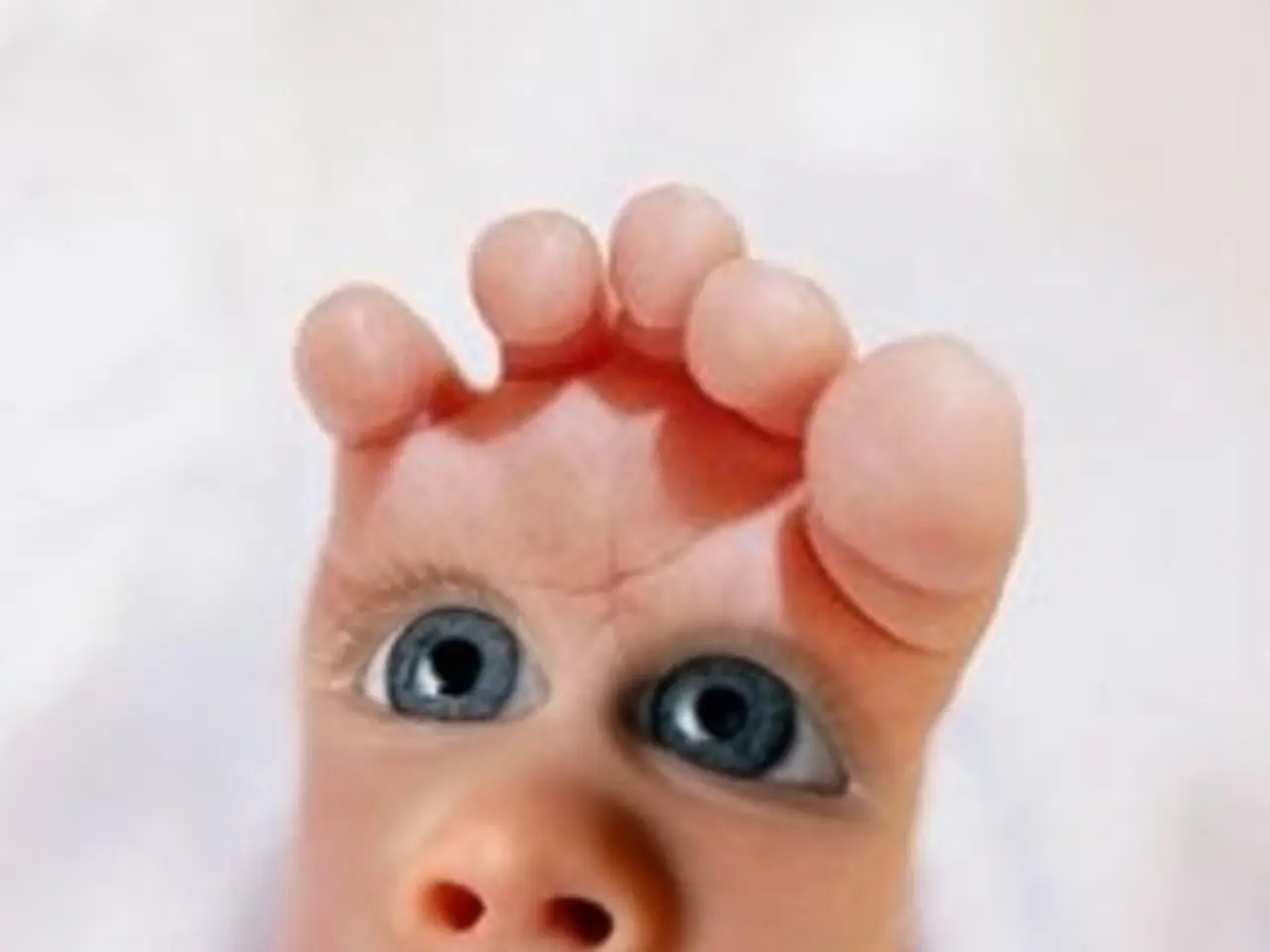Autistic children's brains may not consistently perceive and process body language as non-autistic individuals do.
In a groundbreaking study conducted at the Del Monte Institute for Neuroscience at the University of Rochester, researchers delved into the unspoken part of communication, offering insights into how the brain of a child with autism processes such communication.
The research, led by John Foxe, Ph.D., provides more evidence of how the brain of someone with autism processes the world around them. The study was published in the journal Molecular Autism and was supported by the National Institute of Mental Health, the University of Rochester Intellectual and Developmental Disability Research Center (UR-IDDRC), and the Rose F. Kennedy Intellectual and Developmental Disabilities Research Center (RFK-IDDRC).
The study focused on children aged six to 16 years old. The researchers used electroencephalogram (EEG) to record the brain waves of children with and without autism as they watched videos of moving dots that represented actions such as running, kicking, or jumping.
The findings of the study indicate that children with autism may have difficulties in processing body movements effectively, especially when distracted. The researchers found that the brainwaves of children with autism did not process when the dots moved like a person if they were focused on the dot color.
This could have significant implications for understanding how children with autism perceive and interpret body language. According to Emily Knight, M.D., Ph.D., a clinical and postdoctoral fellow in Pediatrics and Neuroscience, who is the first author of the study, "When children with autism are distracted by something else, their brains process the movements of another person differently than their peers."
John Foxe, the study's lead author, emphasized the importance of the research in creating a more inclusive space for people with autism. He stated, "This research is a vital step in creating a more inclusive space for people with autism." Knight also mentioned that understanding this can help guide new ways to support people with autism.
The study involved additional authors, including Ed Freedman, Ph.D., from the University of Rochester Medical Center, John Butler, Ph.D., Aaron Krakowski, and Sophie Molholm, Ph.D., of Einstein College of Medicine.
In the study, the children were asked to either focus on the color of the dots or to focus on whether the dots moved like a person. In these videos, the dots moved to represent human actions and were sometimes turned in different directions or jumbled to no longer move like a person.
The study's findings suggest that if the brain of a child with autism is processing body movements less effectively, they might have a harder time understanding other people and may need to pay extra attention to body language to see it. This research offers valuable insights into the unique challenges faced by children with autism and paves the way for future studies aimed at developing strategies to support them better.
Read also:
- Recognition of Exceptional Patient Care: Top Staff Honored by Medical Center Board
- A continuous command instructing an entity to halts all actions, repeated numerous times.
- Oxidative Stress in Sperm Abnormalities: Impact of Reactive Oxygen Species (ROS) on Sperm Harm
- Is it possible to receive the hepatitis B vaccine more than once?








